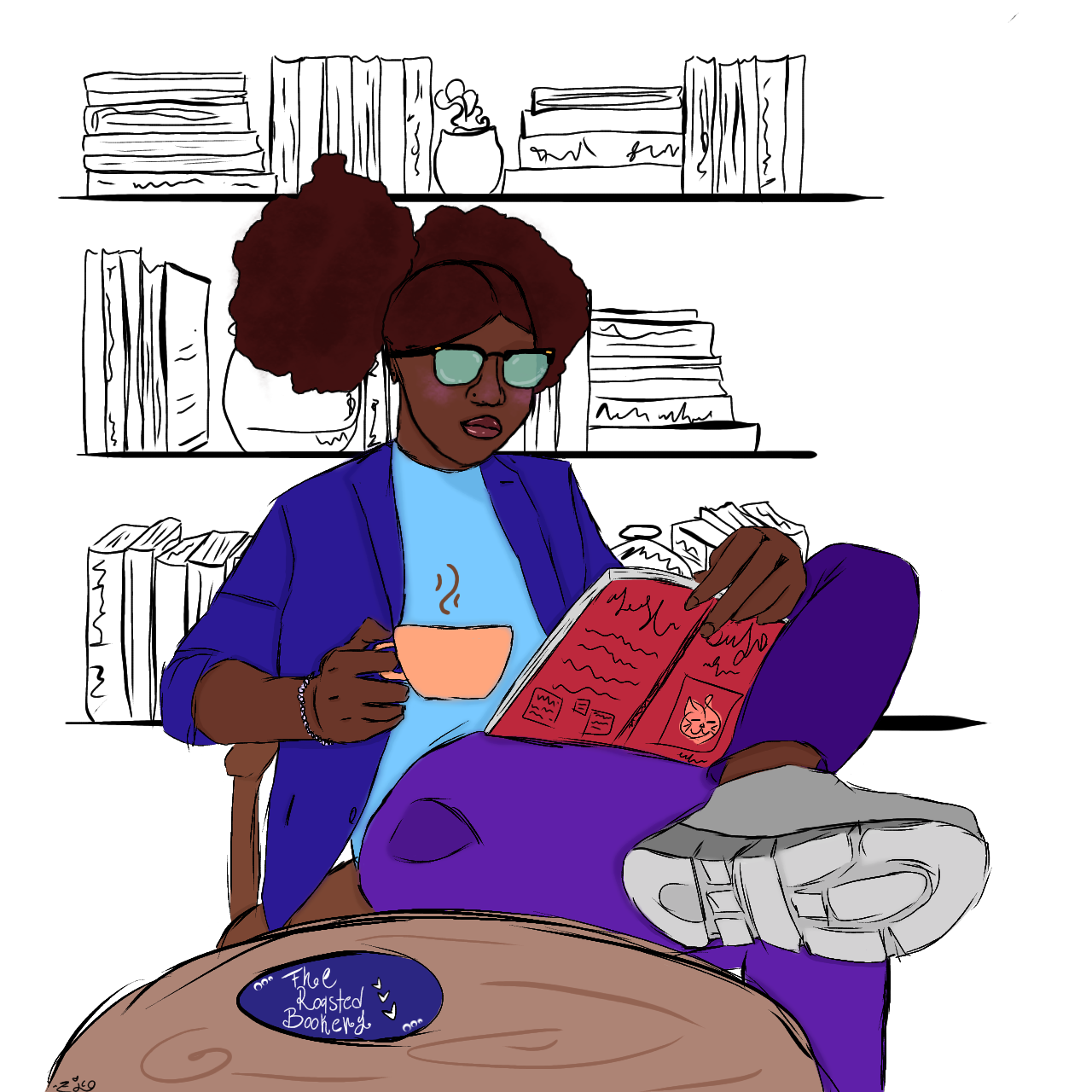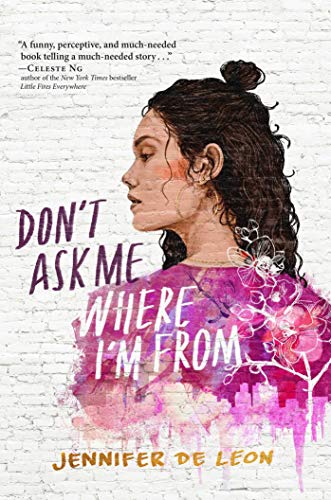Intro
I’m about three quarters finished with this book. I wish I’d read it as a new teacher. There are many cringe worthy moments in this book. There are some similar themes between Indivisible and Don’t Ask Me Where I’m From. However, the latter focuses on the impact of code switching and microaggressions on students of color. Again this book walks the line, and maybe ALMOST misses it? There are times so far that I wish Liliana would speak up and out, but also I understand why she didn’t. As a parent I always push my children to be the best they can be and stand up for what is right, but also don’t want them to become another statistic or be the center of antagonistic behavior as Rayshawn experienced.
In case you don’t know
Microaggression: a statement, action, or incident regarded as an instance of indirect, subtle, or unintentional discrimination against members of a marginalized group such as a racial or ethnic minority.
Liliana shows an almost culture shock when she enters into the METCO program school. And why wouldn’t she? She is suddenly the minority in a school that is trying hard to make sure they meet a quota. The school hasn’t done much in the way to prepare the faculty or the students to make sure they are ready to receive a population that is different from the privileged white children of which they are accustomed. From the well intentioned white savior-y teachers to the teachers and students who don’t seem to care. All are portrayed and example of teachers (myself included) I have encountered with accuracy.
I am in the “know better do better” field and cringed several times seeing myself as a brand new white teacher in a predominately non white school. No one taught me about cultures and trauma at any school where I taught. I did the work, though admittedly not as much, nor as quickly as I should have. This school though, they obviously are accepting students to change optics, but not really doing the work. Many schools have done this.
Many don’t do the work, nor do they actively look for teachers that represent the population of the school (I once asked an HR person why they weren’t recruiting from HBCUs… she asked if I could provide her with a list, I asked if she knew how to use Google.) Seriously, the work HAS to be done. I look back at my first two years of teaching and I ache to go back and do things differently. But that’s another story.
Wishes
Had I read Don’t Ask Me Where I’m From, I’d like to think I would have seen the mistakes of the teachers in this story and learned from Liliana’s thoughts. I hope that I would have understood that it’s more than just talking about different cultures, it’s LEARNING. There is another book: Why Are All The Black Kids Sitting Together in the Cafeteria? that addresses the self segregation and ideas on how to address this.
I think so many put the onus on the students that are not white to “open up” and “share” as I said I wanted Liliana to do in this book. Where it’s really not the responsibility of anyone to make us feel better about the uncomfortableness of having something new. Nor is it right to push anyone to share about their culture. The shock of the teacher to hope that Liliana’s story of her father was not true, shows the lack of understanding of trauma.
Using Don’t Ask Me Where I’m From in schools for teachers to read would help with the understanding of the microaggressions. But there has to be a desire to understand, change, and grow.
I’m excited to finish the book (probably today on the train!) and share at our book club. I’m interested in what others learned!
–erin

